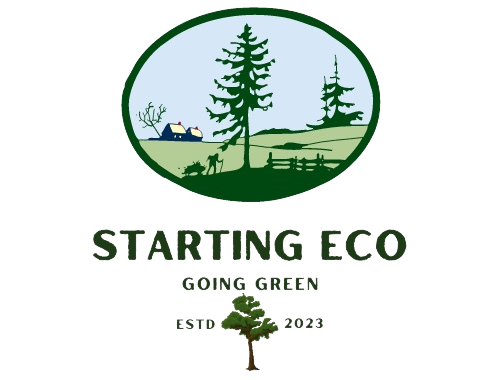FAQ’s
Another word for “going green” is “sustainability”. It refers to the practices and actions that promote the responsible use of natural resources and protect the environment.
“Going green” means adopting practices and taking actions that minimize the negative impact on the environment and promote sustainability. This includes reducing waste, conserving natural resources, and using renewable sources of energy. The goal of going green is to protect the planet and create a sustainable future for generations to come. Examples of going green can include using public transportation, recycling, reducing energy consumption, and supporting sustainable businesses.
“Eco-friendly” is a term used to describe products, services, or practices that are designed to have minimal negative impact on the environment. These products, services, or practices are created using sustainable materials, renewable energy, and green technology. They are often designed to reduce waste, conserve natural resources, and minimize pollution. Examples of eco-friendly products and practices include using reusable bags, using non-toxic cleaning products, supporting organic farming, and using public transportation. Overall, being eco-friendly means being conscious of the impact that our actions have on the environment and taking steps to minimize that impact.
The three R’s for a green lifestyle are Reduce, Reuse, and Recycle. These three principles form the basis of sustainable living and aim to reduce waste, conserve resources, and protect the environment.
- Reduce: This principle encourages individuals to reduce the amount of waste they generate in the first place. This can be achieved by using fewer disposable products, choosing products with minimal packaging, and avoiding overconsumption. Reducing the amount of waste produced helps to conserve natural resources, reduce pollution, and save energy.
- Reuse: This principle encourages individuals to find ways to reuse items instead of throwing them away. This can include using reusable bags, containers, and water bottles instead of disposable ones, repairing broken items instead of replacing them, and donating or selling unwanted items instead of throwing them away. Reusing items helps to conserve resources, reduce waste, and save money.
- Recycle: This principle encourages individuals to recycle items that cannot be reused. Recycling involves turning waste into new products, reducing the need for virgin materials and conserving natural resources. Commonly recycled items include paper, plastics, glass, and metal. Recycling helps to reduce the amount of waste sent to landfills, conserve resources, and reduce pollution.
By following the three R’s, individuals can make a significant impact on the environment and help to create a more sustainable future.
